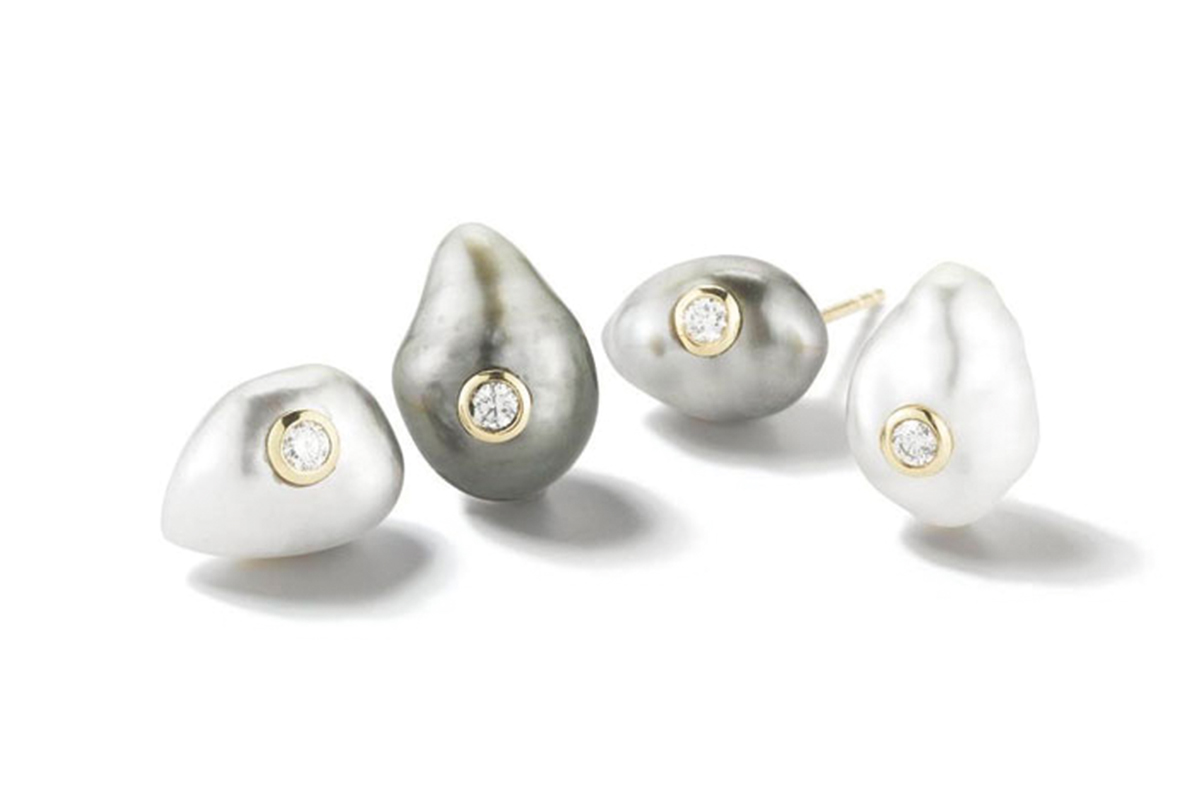Discovering keshi pearls

Keshi pearls are small and non-nucleated, in other words, unlike larger pearls, they do not form around a nucleus. In fact, they were once thought of as by-products of pearl cultivation.
In Japanese, the word keshi means “poppy” and was used to define non-nucleated cultivated pearls that, originally, were considered as scrap.
However, cultivating keshi pearls is no easy matter. 10% of oysters die after transplantation, another 10% within three years and only one third reject the nucleus and nacre which would result in a keshi pearl. And then, out of these, only 1% is perfect.
Furthermore, it can be said that not all pearls are the same: there are Akoya pearls, Tahiti pearls, South Seas pearls and Keshi pearls.
One of the differences between the other types is that these pearls are made entirely of nacre and can either be created naturally or with human intervention. In nature the formation process occurs by chance: a keshi pearl is the product of an oyster that has rejected the nucleus, for example, if a grain of sand finds its way into the shell. They are also classified as Baroque pearls and are irregular in shape.
This variety of pearl can be found in different colours, weights, qualities and shapes. Natural ones are extremely rare and expensive.






